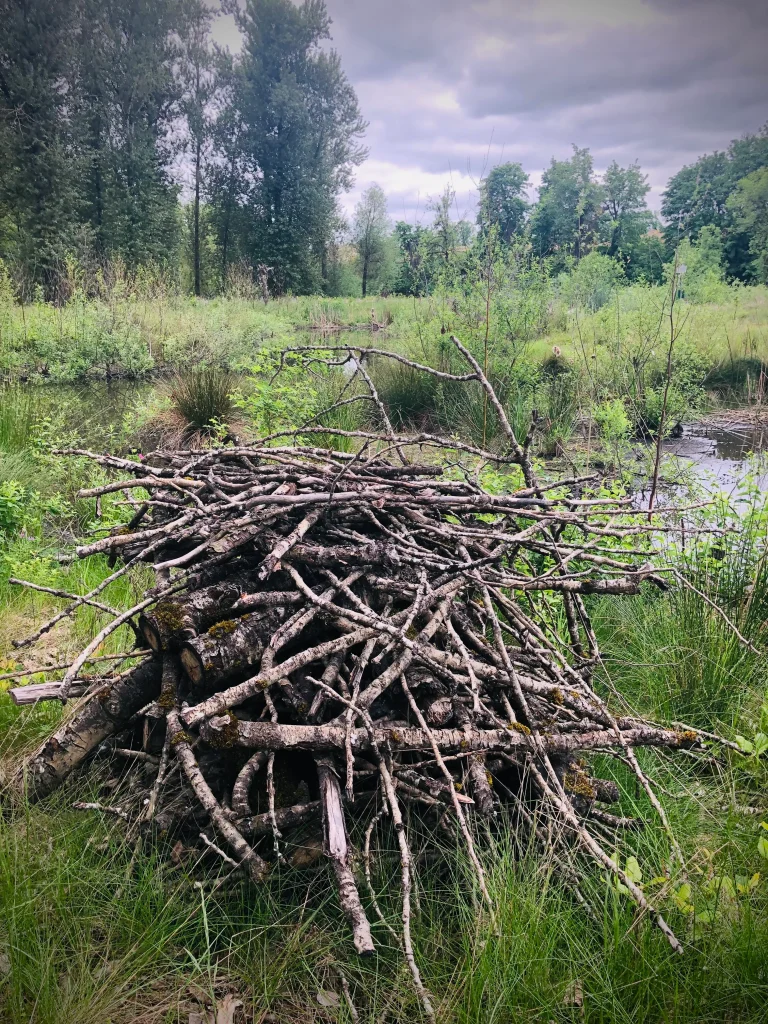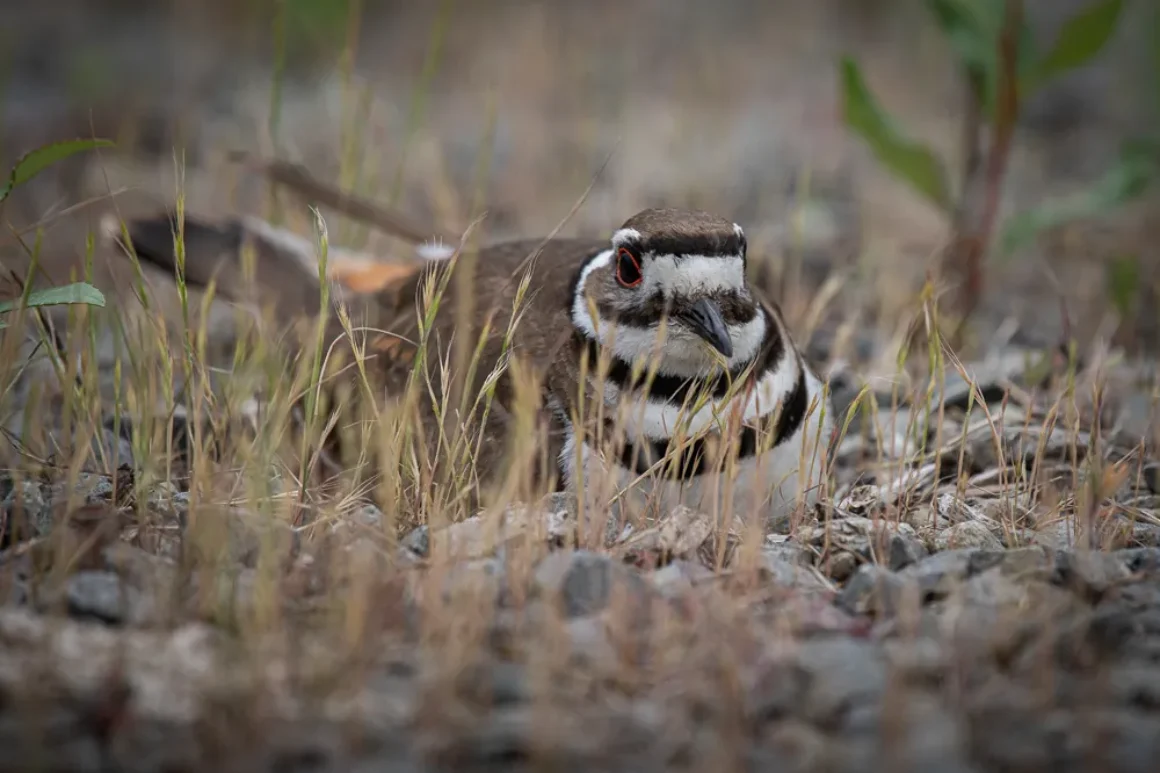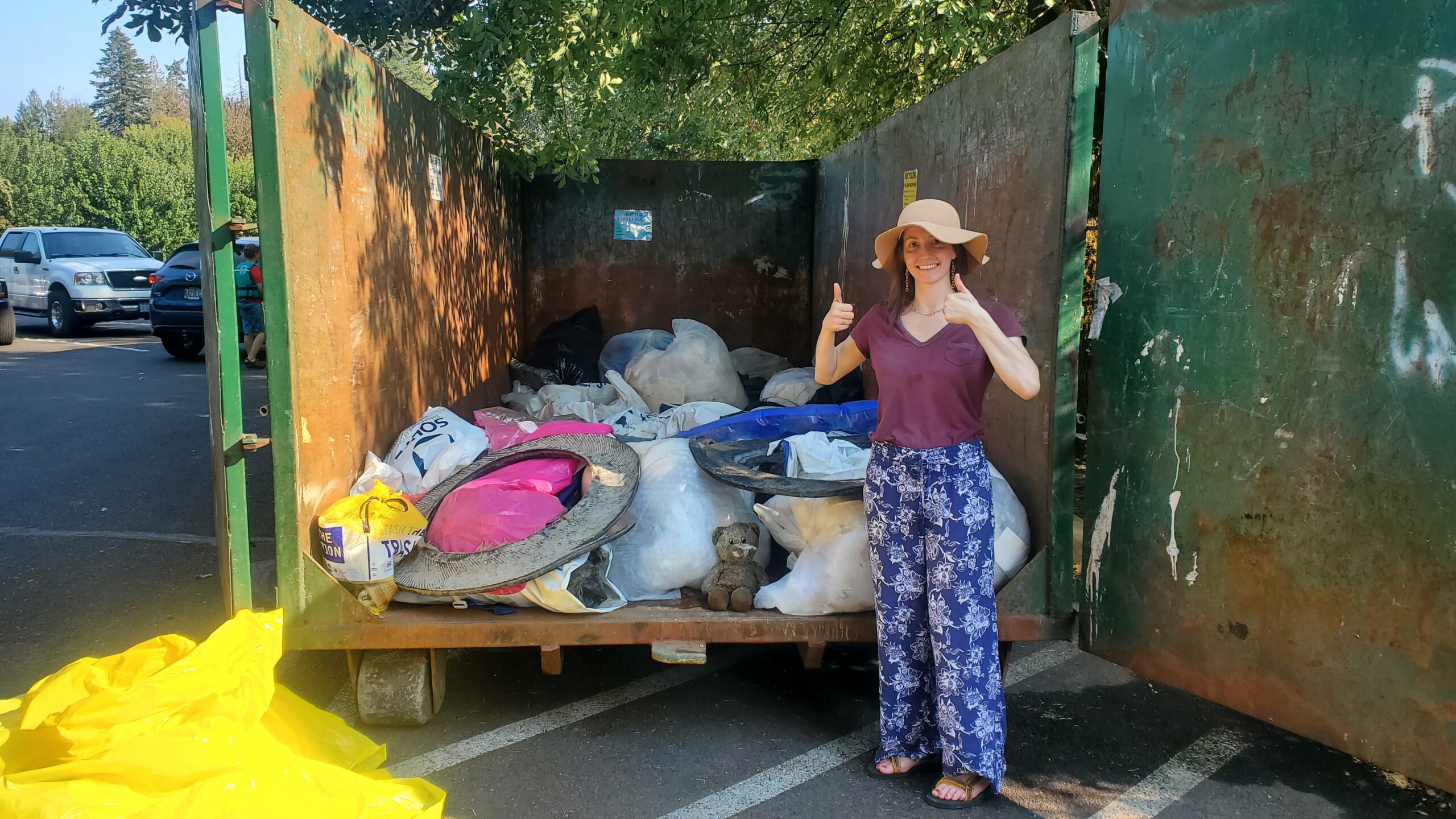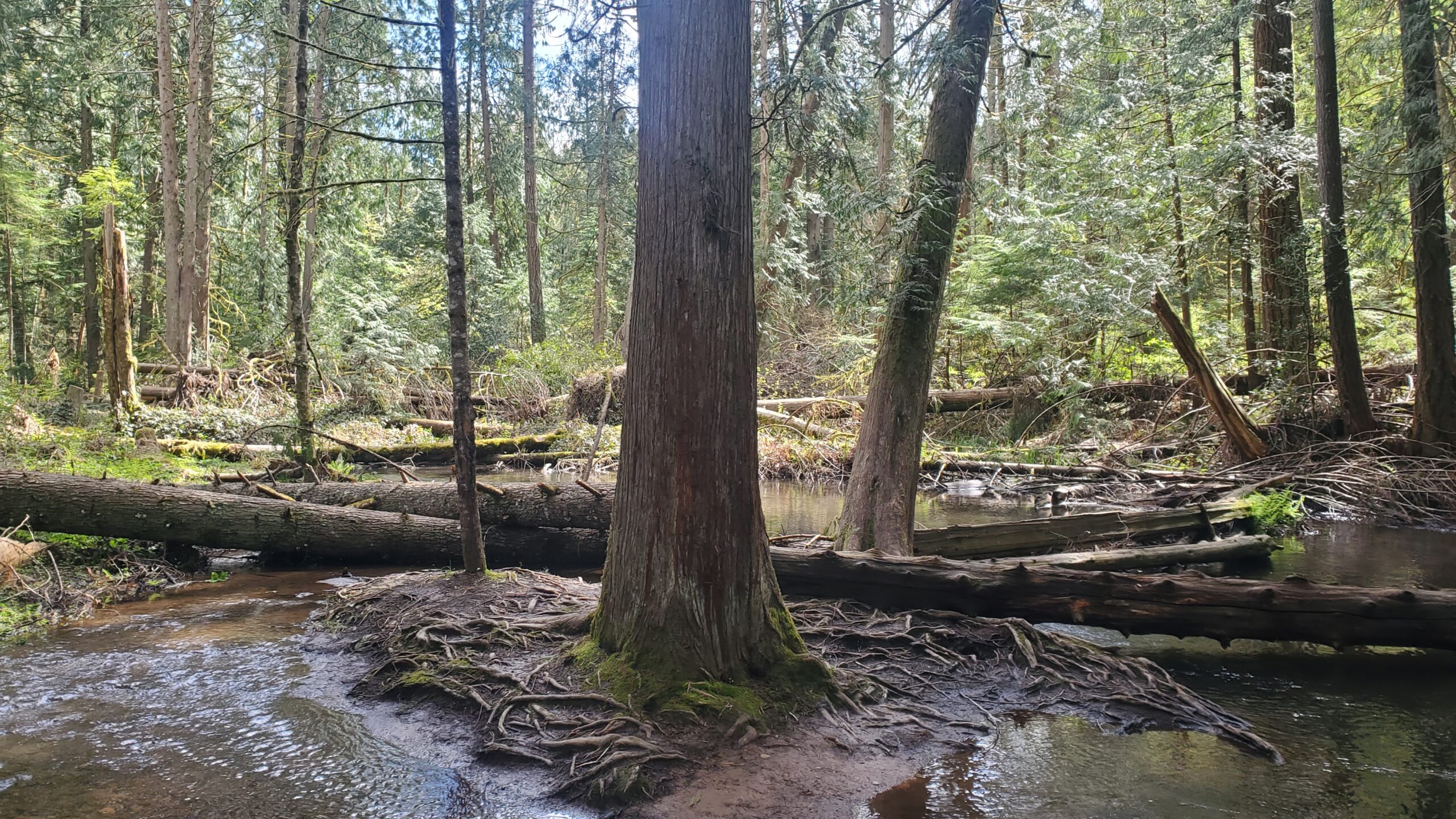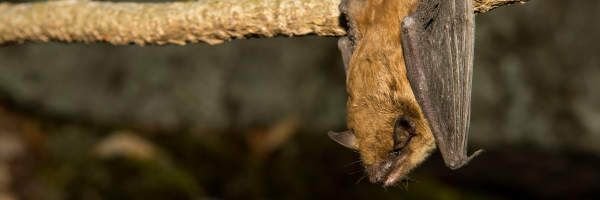Carli Creek Regional Stormwater Wetland
Thank you to CRBC Board Member Gail Shaloum for contributing this post. Gail Shaloum is the Natural Resource Scientist for Clackamas Water Environment Services.
The Carli Creek regional stormwater wetland is located on a 15- acre patch of land in unincorporated Clackamas County wedged between industrial properties and the Clackamas River.
Named after the family that once owned and farmed the land for generations, Carli Creek is the repository for much of the stormwater runoff that drains from the surrounding industrial area. Very little of the runoff was treated to remove pollutants before it made its way into the Clackamas River which is the source of drinking water for nearly 400,000 people.
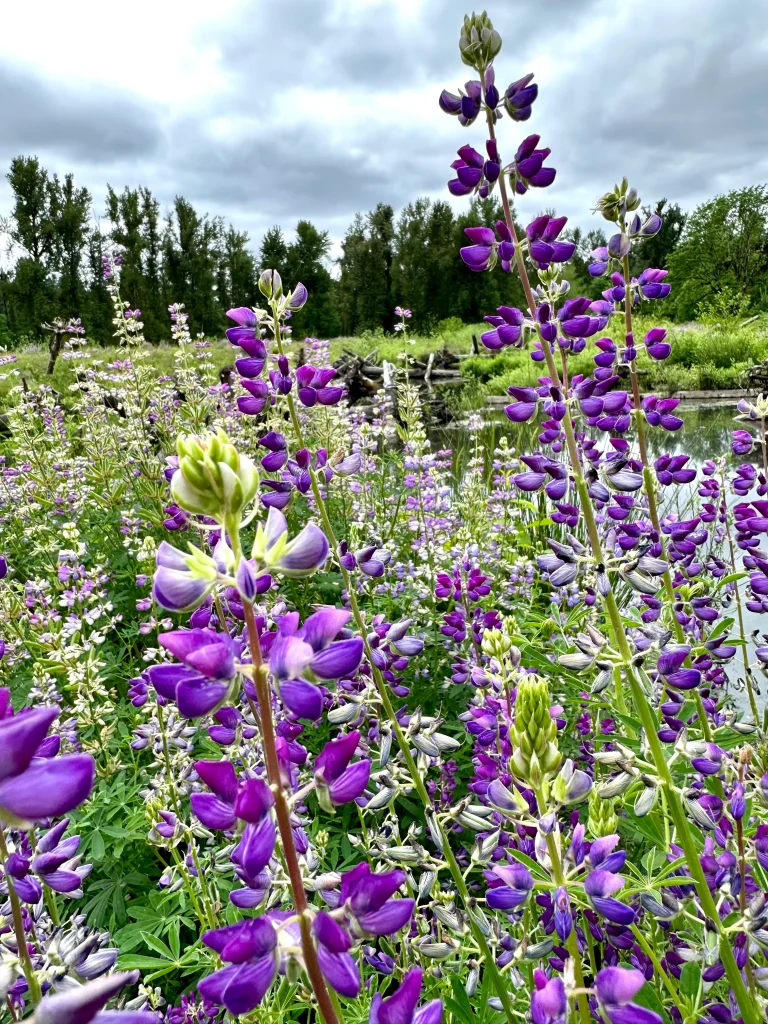
In 2014, water quality monitoring of Carli Creek found high levels of copper, zinc and lead that exceeded pollution standards.
Clackamas Water Environment Services (WES) acquired the land and, in 2018, created a new wetland to treat the stormwater runoff while also improving habitat. The project features:
- channels, ponds, wetlands, and permeable berms to treat stormwater and filter pollutants
- large wood habitat structures for fish and other aquatic wildlife
- a backwater channel to detain high flows
- floodplain enhancements through grading, in-stream structures, invasive and non-native species removal, and the planting of diverse native species
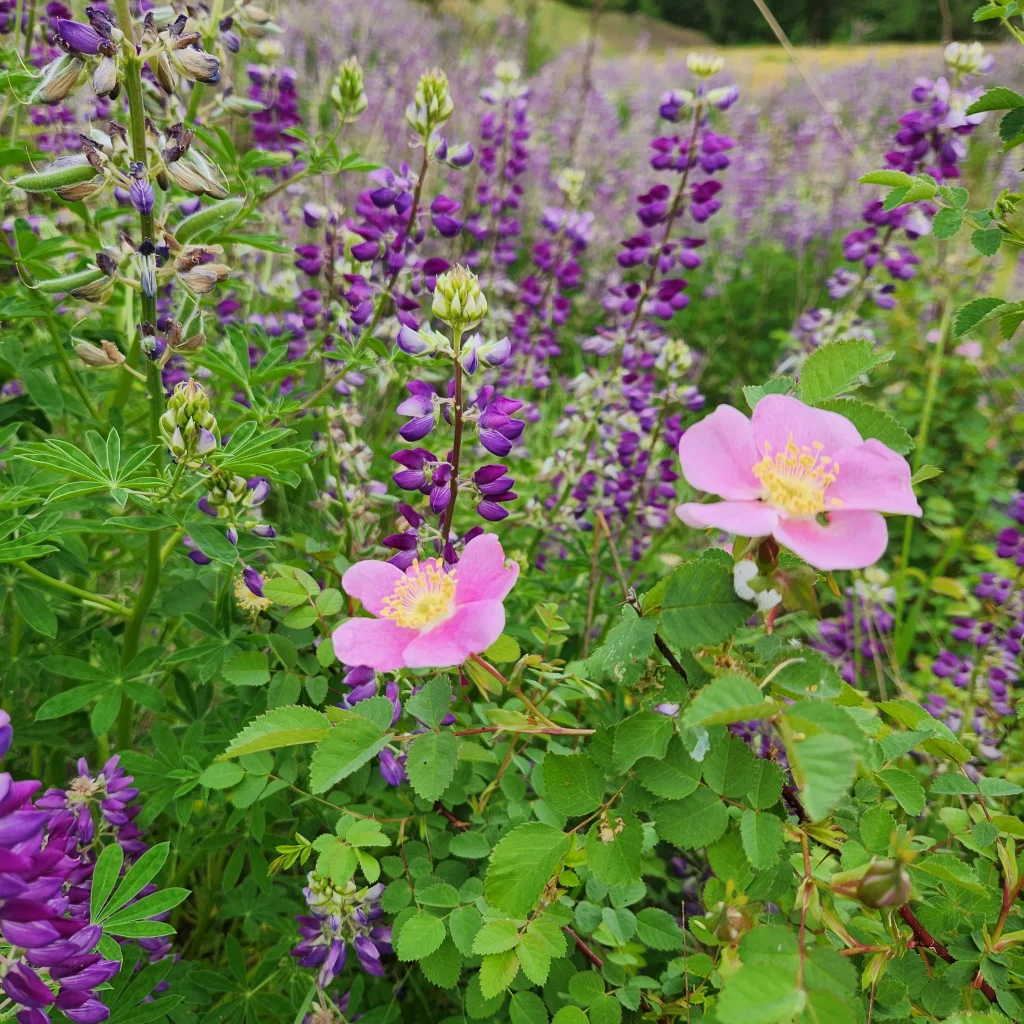
Since construction, WES has monitored the site for water quality, fish and fish habitat, and wetland characteristics. The 2021 aquatic habitat inventory indicated an improvement in fish habitat, with more large wood and complexity (“nooks and crannies”) for fish to rear.
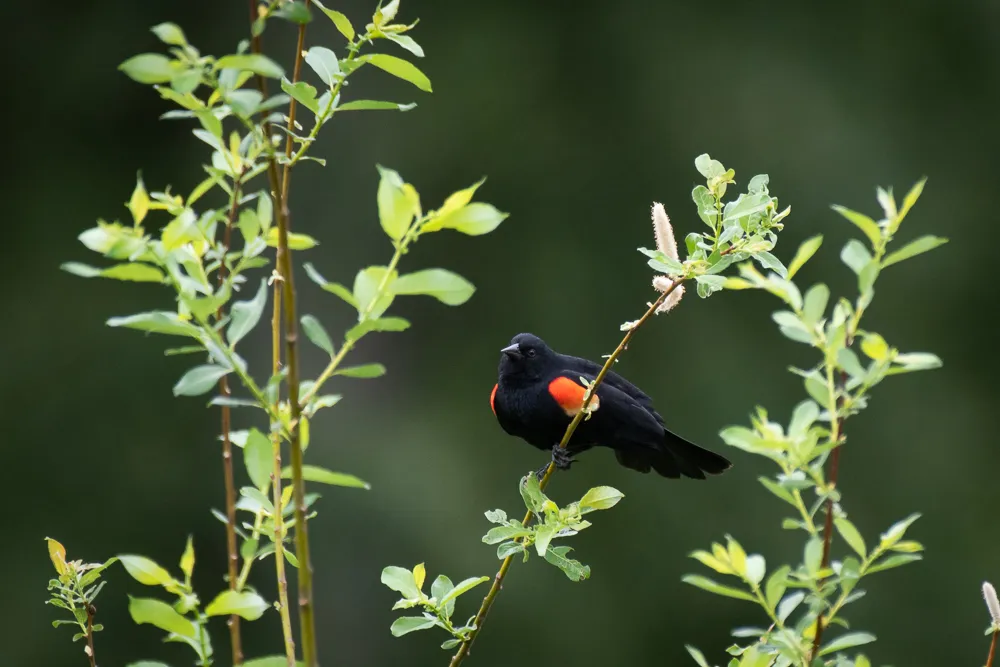
Native fish seen during the 2021 sampling include Coho, Chinook, Lamprey, Northern pikeminnow, Reside shiner, Longnose dace, Largescale sucker, and Reticulate sculpin. Low numbers of non-natives found include Pumpkinseed, Banded killifish, and Oriental weatherfish.
A lush ecosystem of constructed channels, ponds and wetlands now hosts a myriad of bird species with plenty of insects as well as diverse habitat. Species include killdeer, redwing blackbird, great blue heron and Neotropical migrants. Dragonflies abound in the summer. Mammals spotted onsite include coyote, deer, nutria, and otter.
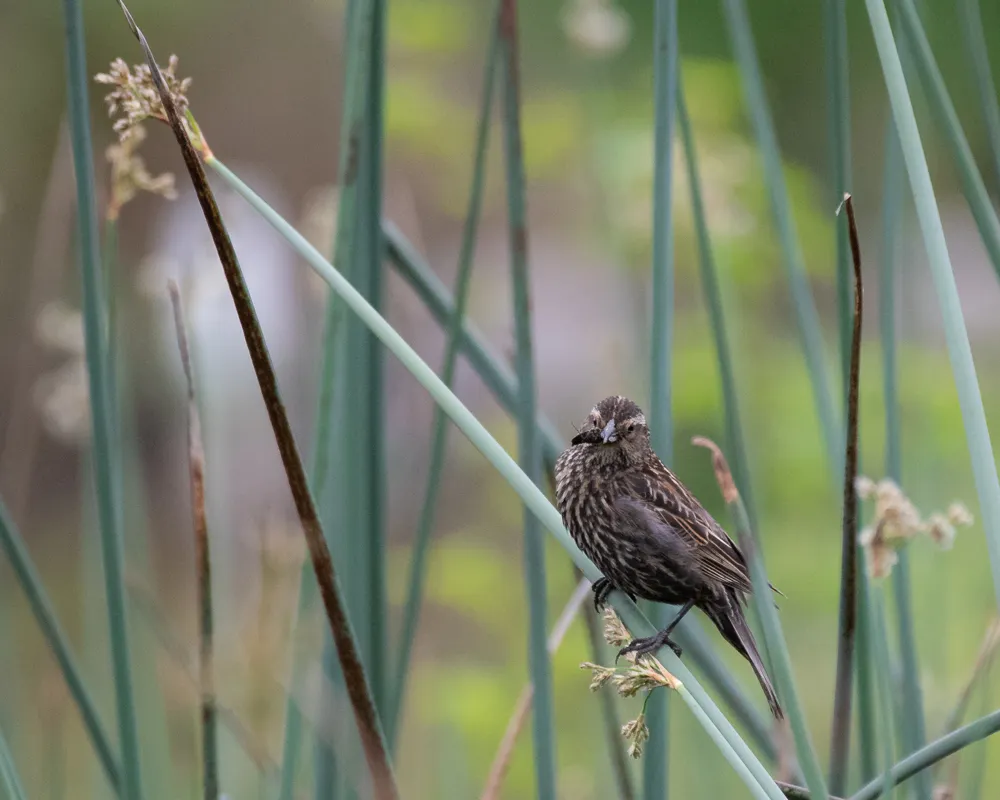
WES has conducted annual wetland monitoring since 2019. We anticipate the final round of monitoring will occur in 2023. According to the 2022 monitoring report, vegetation on this one-time farm field has vastly increased in native cover and diversity of vegetation, ranging from 55 to 67 percent cover. In areas planted with woody vegetation, the stem count at 4,000 stems per acre exceeds our goal of 1,280 stems per acre. The mix of plants will continue to change as we watch succession naturally occur.
WES continues to maintain the vegetation onsite with the help of restoration contractor Mosaic Ecology. Now that the natives are becoming well established, keeping weeds out is the main task and will continue to be an ongoing endeavor. The Clackamas River Basin Council is now working to manage invasive plants and restore riparian vegetation on the adjacent property just upstream of the Carli Creek wetland. This will help protect the wetlands from weeds and create a more meaningful, connected habitat. CRBC also brings high school students here to learn about watershed health and careers in environmental science.
In short, a former farm field populated with row crops is now a lush, teeming, diverse wetland habitat.
